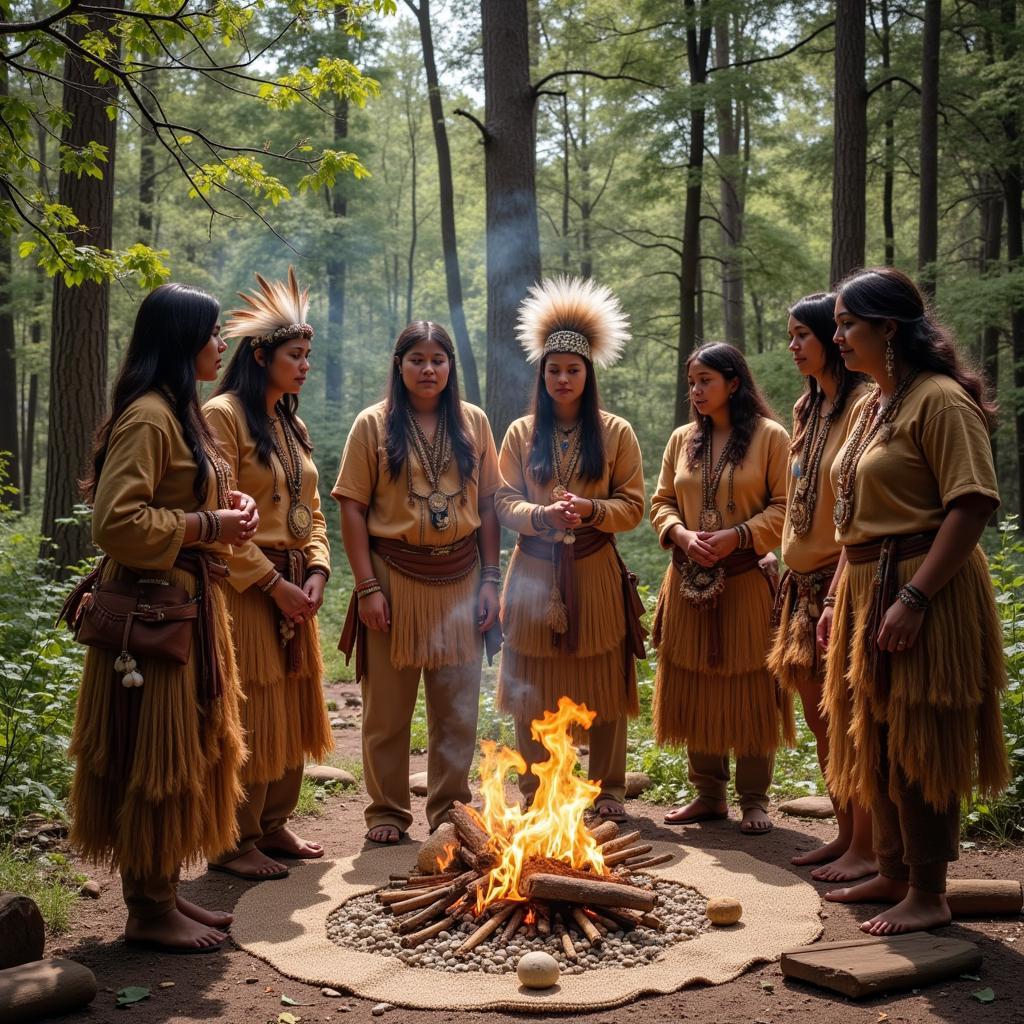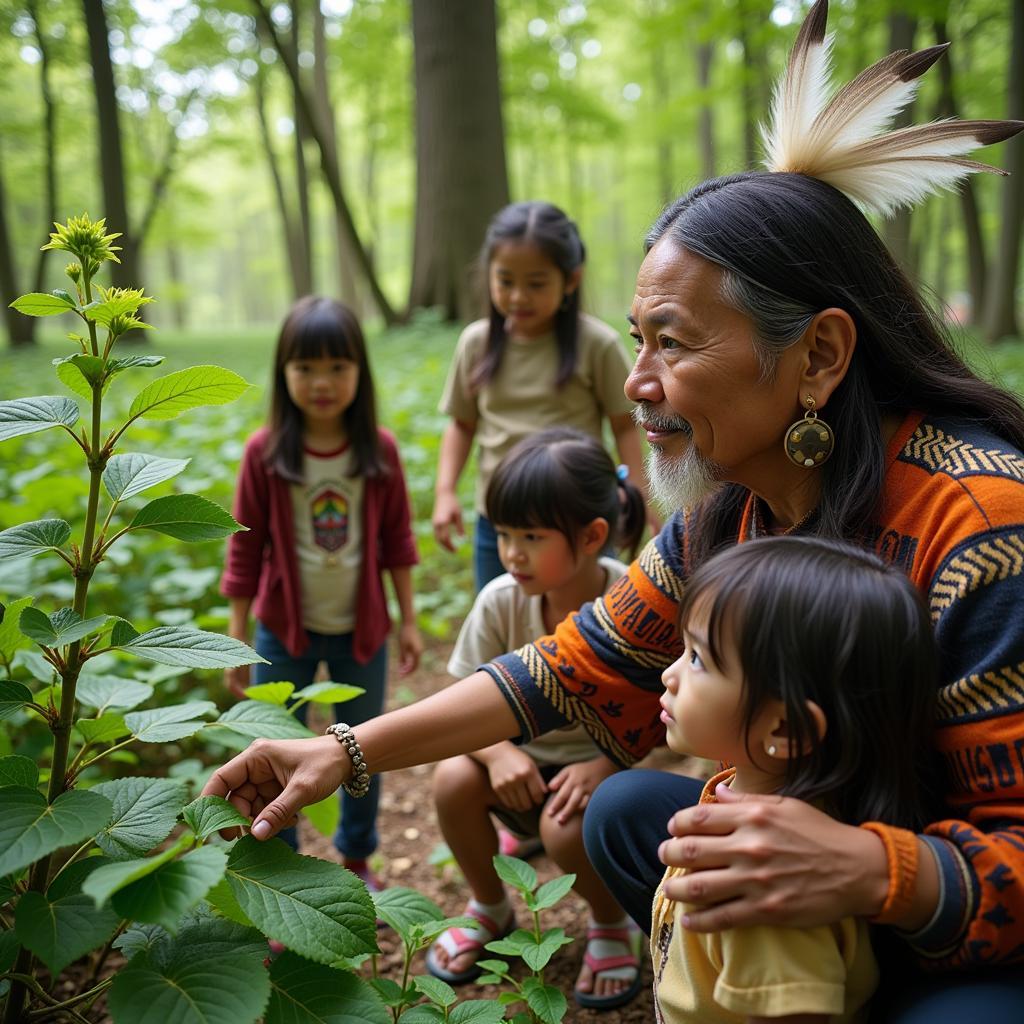Indian Societies Of North America Possessed The Cultural Belief That their relationship with the natural world was sacred and reciprocal. This foundational principle shaped their diverse cultures, influencing everything from their spiritual practices to their social structures and economic activities. Understanding this core belief provides a crucial lens through which to appreciate the rich tapestry of Indigenous traditions and their enduring connection to the land. This article will explore the multifaceted ways in which this belief manifested itself across different tribes and regions, revealing a profound respect for the interconnectedness of all living things.
The Sacred Interconnection of Life
The belief that all living things are interconnected was not merely a philosophical concept but a lived reality for Indigenous peoples. This interconnectedness extended beyond the tangible world to encompass the spiritual realm, where animals, plants, and natural elements held symbolic significance and played vital roles in creation narratives and ceremonies. Respect for these entities was paramount, ensuring the continuation of the natural cycles that sustained life. This worldview fostered a deep sense of responsibility for the environment, promoting sustainable practices that ensured the well-being of future generations.
 Indigenous People Performing Ceremony in Nature
Indigenous People Performing Ceremony in Nature
Respect for the Spirits of Nature
Many Indigenous societies believed that every element of nature, from towering mountains to flowing rivers, possessed a spirit. These spirits were not viewed as separate entities but as integral parts of the web of life. Communicating with these spirits through prayer, offerings, and ceremonies was essential to maintaining harmony and balance. Hunting and gathering practices were imbued with ritualistic elements, acknowledging the sacrifice of the animal or plant and expressing gratitude for its sustenance. This deep respect ensured that resources were used responsibly and that the natural world was treated with reverence.
Land as a Source of Identity and Belonging
For Indigenous peoples, the land was not merely a resource to be exploited but the very foundation of their identity and belonging. Their ancestral territories were intimately connected to their history, their culture, and their spiritual beliefs. Stories, songs, and ceremonies passed down through generations reinforced this connection, instilling a profound sense of responsibility for the land’s well-being. This intimate relationship with the land fostered a deep understanding of its rhythms and cycles, allowing them to live in harmony with the natural world.
The Impact of Colonization
The arrival of European colonizers dramatically disrupted the harmonious relationship between Indigenous peoples and the land. Forced removal from ancestral territories, the suppression of traditional practices, and the exploitation of natural resources have had devastating consequences. Despite these challenges, Indigenous communities continue to fight for the protection of their land and the preservation of their cultural heritage. Recognizing and understanding the profound connection between Indigenous peoples and the natural world is crucial to fostering reconciliation and healing.
What Did Native Americans Believe About Nature?
Native Americans held a widespread belief in the sacredness of nature, viewing all living things as interconnected and possessing spiritual significance.
How Did Native American Beliefs Affect Their Lives?
Their beliefs profoundly shaped their lives, influencing their spiritual practices, social structures, economic activities, and their deep respect for the environment.
Why is Understanding These Beliefs Important Today?
Understanding these beliefs is vital for appreciating Indigenous cultures, promoting reconciliation, and fostering sustainable practices that honor the interconnectedness of all life.
 Indigenous Elder Teaching Children About Nature
Indigenous Elder Teaching Children About Nature
Conclusion
Indian societies of North America possessed the cultural belief that the natural world was sacred and intrinsically linked to their existence. This belief shaped their worldview, influencing every aspect of their lives. Understanding this core principle is essential to appreciating the rich cultural heritage of Indigenous peoples and their enduring connection to the land. By recognizing and respecting this connection, we can work towards a future where the wisdom of Indigenous traditions guides us towards a more sustainable and harmonious relationship with the natural world.
FAQ
- What were some common spiritual practices related to nature in Indigenous societies?
- How did Indigenous communities ensure the sustainable use of natural resources?
- What are some examples of how Indigenous beliefs are being revitalized today?
- What are the ongoing challenges faced by Indigenous communities in protecting their land and cultural heritage?
- How can non-Indigenous people contribute to reconciliation and support Indigenous communities?
- What are some resources for learning more about Indigenous perspectives on the environment?
- How can we incorporate Indigenous wisdom into modern approaches to environmental stewardship?
Need support? Contact us 24/7: Phone: 02043854663, Email: [email protected], or visit us at Khu 34, Bac Giang, 260000, Vietnam.